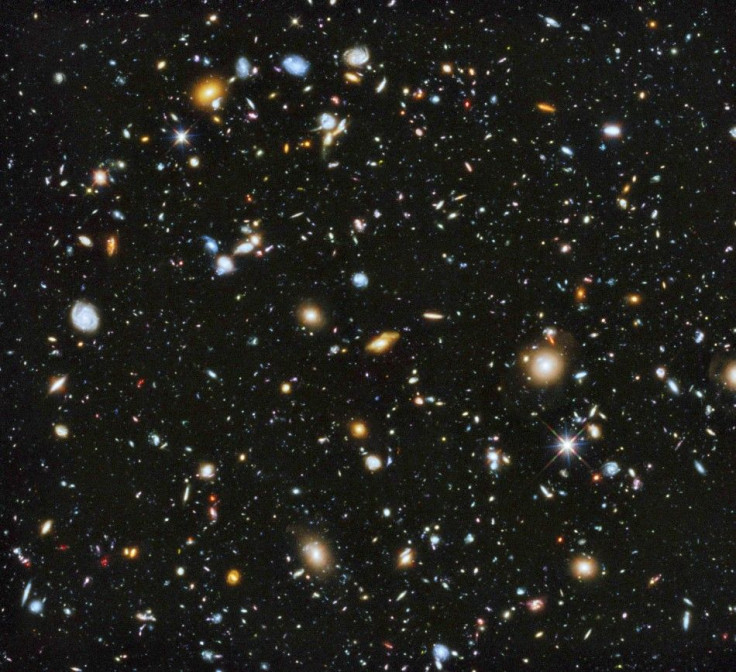'Seven Sisters' Star Controversy Solved: Closer Than Astronomers Assumed

Measurements made by Hipparcos, a cosmic-mapping satellite that helped their discovery and may solve the controversy that summons our understanding of how evolution and formation of stars took place.
The cluster of stars, one of the nearest and youngest clusters to the Earth, is found in the Taurus constellation.
The lead author of the study, Dr. Carl Melis from the University of California, said that the Pleiades are more than just a visual naked-eye cluster, but is also the best one that can inform them of the physical parameters of other young stars that makes it essential for models to be developed to study the early lives of the stars.
It is estimated by the researchers that the cluster is 443 light-years away by using radio telescopes and is at odds with the measurements taken through the Hipparcos that shows the distance as 390 light-years. The findings are reported in the journal, Science.
Melis explained that the 10 per cent discrepancy between the two readings is very significant as it raises questions on the accuracy of the 120,000 measurements that the satellite took. He continued that one of the things about the results by Hipparcos is that, in the case that they were right, the researchers do not really understand the physical parameters of the young stars.
A network of ten radio telescopes were connected by the researchers from Hawaii to Arecibo and the Effelsberg in Germany, by a process known as radio interferometry to create a telescope similar in size to the Earth.
For a period of 18 months, the cluster of stars was observed by the researchers through which measurement of motion in the position of each of the stars due to the Earth's orbit around the Sun was recorded.
Melis said that this gave them a precise method of measuring the positions on the sky and that they measured the individual distances of every star within the cluster with absolute accuracy, better than one per cent error that no one has achieved before.
The stars are usually seen during the wintertime, but even at this time of the year, it can be observed in the eastern sky after local midnight. On September 14, the star cluster will be seen alongside the moon.





















